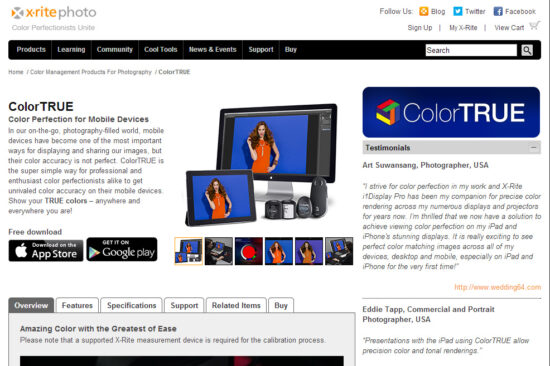Calibrating an iPad Display!
So, this is interesting, and while datacolor have had a Spyder option for a while, its calibration is limited to its own software (unless it’s changed since I last took a proper look at it). This new offering from X-Rite, released in March, looks rather good, though, and it seems it has an API that…

